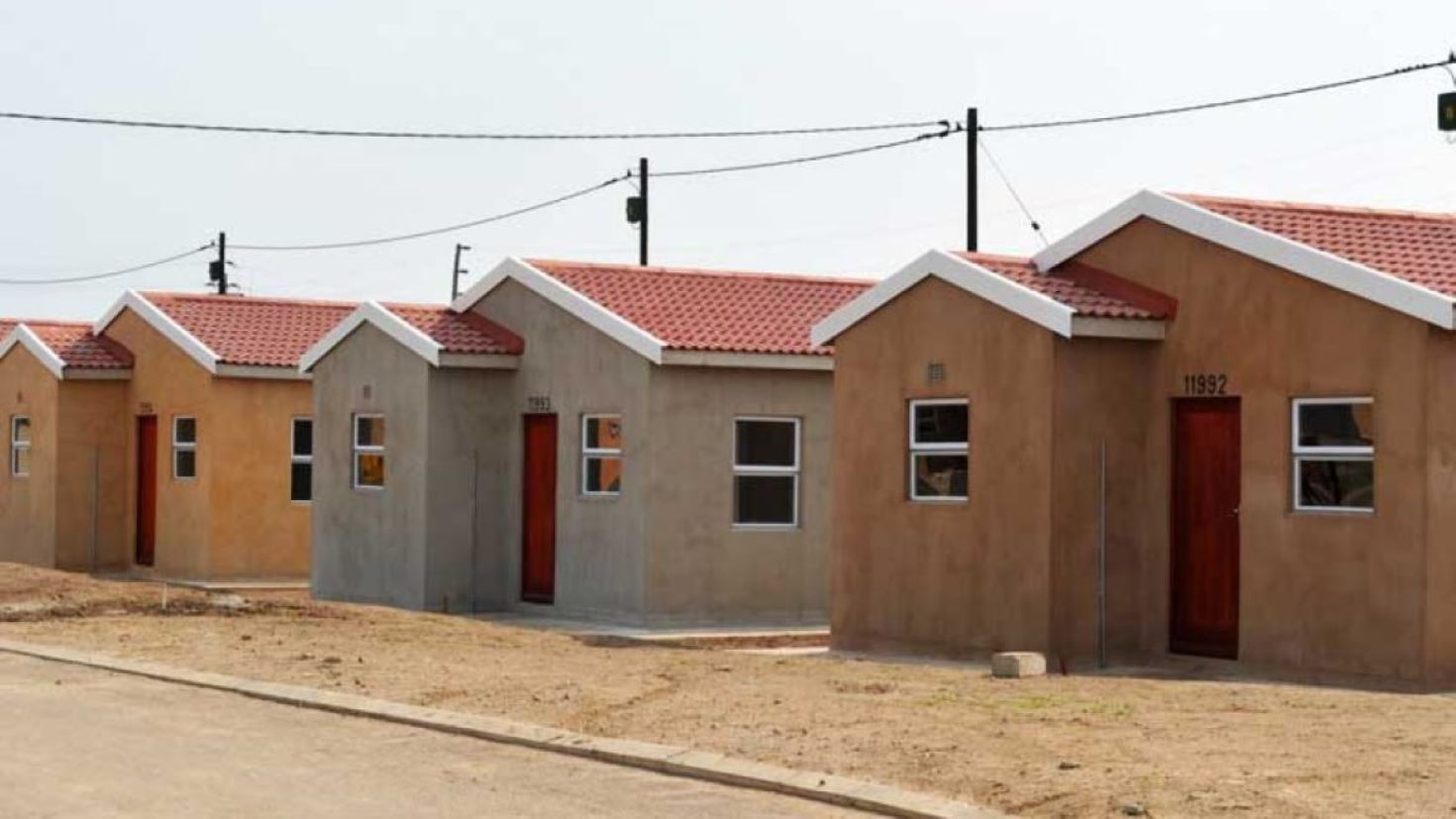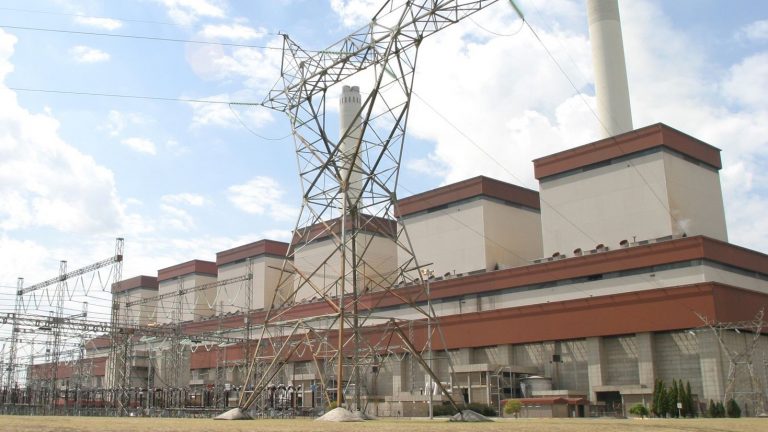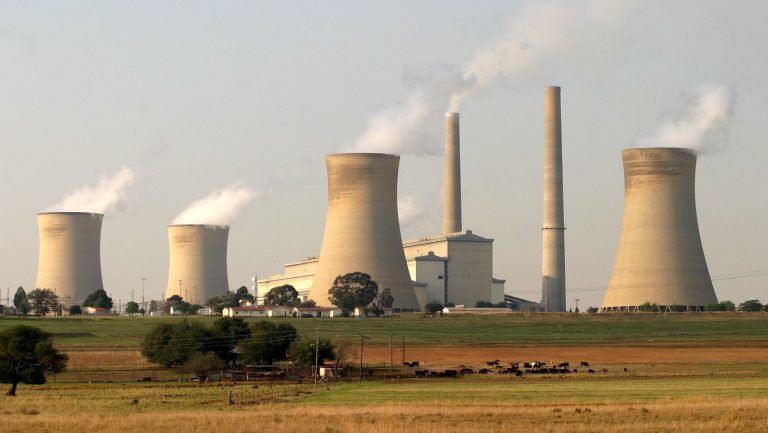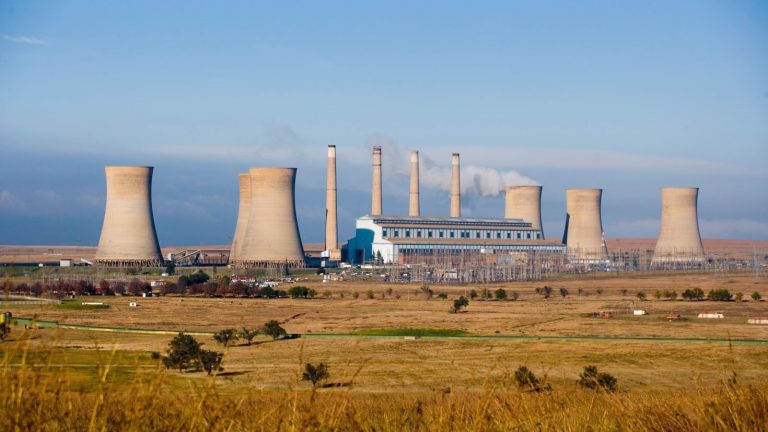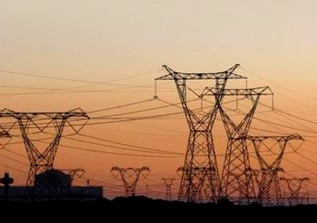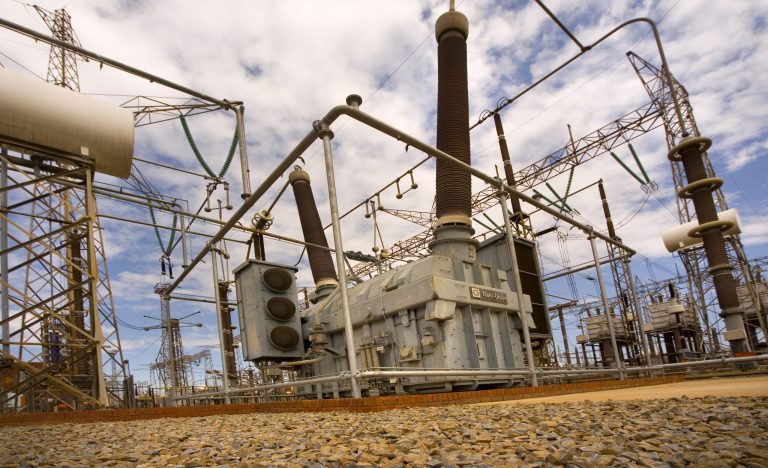Eskom to implement NERSA-approved Financial Year 2026 tariffs: removing unintended subsidies and introducing simplified and transparent tariffs, effective 1 April 2025
Wednesday, 19 March 2025: Eskom welcomes the 11 March 2025 decision by the National Energy Regulator of South Africa (NERSA) to approve the Financial Year (FY) 2026 Eskom tariffs adjusted with the 2025/26 tariff increase and changes to the tariff structures.
The tariffs for Eskom direct customers will increase by 12.74% effective on 1 April 2025 and tariffs for municipal bulk purchases will increase by 11.32% effective on 1 July 2025.
A well-defined tariff structure ensures equitable cost recovery, eliminates unintended cross-subsidies, and facilitates the responsible integration of alternative energy sources.
The updated tariffs will support the transformation of the electricity supply industry by aligning prices with NERSA-approved costs for generation, transmission (for the National Transmission Company South Africa (NTCSA)), and distribution services whilst promoting affordability and equity for all customers.
The NERSA approval enables Eskom to implement simpler tariffs for low-consumption households and municipal bulk purchases. The new tariffs will ensure that customers pay for costs they incur, thereby reinforcing a stronger user-pays principle in electricity pricing through the removal of unintended subsidies.
“Our residential customers will no longer have to pay a higher price for consumption above 350kWh and instead will pay the same cent per kilowatt-hour (c/kWh) for all their consumption. We encourage Eskom residential customers to purchase legal electricity tokens and for those in a need of increased affordability to register for Free Basic Electricity (FBE) and enjoy lower electricity prices provided by our government,” said Monde Bala, Eskom Group Executive for Distribution.
“With this NERSA approval, our customers that have registered their solar rooftop electricity generation, as required by law, will be able to export own-generated excess energy into the grid. Consequently, customers can reduce their electricity bill by benefiting from energy credits from exported energy once they are on a Homeflex tariff. Customers without rooftop electricity generation will no longer subsidise those with own generation as the cost of generation capacity, that recovers the backup costs, is now in a separate charge and is no longer included in the c/KWh price,” continued Bala.
“The NERSA approval will support improved energy security and reliability by improving price signals in Eskom tariffs supporting economic growth and sustainability in the years ahead. We appreciate NERSA’s approval, which allows us to continue working towards a fairer and well-structured tariff system,” concluded Bala.
The approved FY2026 tariffs will enable:
- Residential Homelight tariff customers to pay a single c/kWh rate no matter how many times electricity is bought in a single month.
- Increased transparency and simplicity for Homepower residential customers through the removal of the Inclining Block Tariffs (IBT) structure and unbundling the tariff into separate energy, network, and retail charges.
- Simplified municipal electricity purchasing and management through the consolidation of the previous 10 municipal tariffs into three: Municflex for large power users (LPU), Municrate for small power users (SPU), and Public Lighting.
- The removal of unintended subsidies in service charges. All customer service charges will be raised per point of delivery (POD) rather than per account. This change will ensure fairness and more accurately reflects the resources required to manage multiple points of supply at large municipal, industrial, and mining connection sites.
- Better alignment of time-of-use tariffs to the National System Operator, industry, mining and commerce needs through changes to the time-of-use ratios, prices, and periods.
- Improved transparency and ease of comparing electricity generation alternatives from unbundled energy charges by separating energy charges for the renewable energy program into legacy and fixed generation capacity charges.
- Wheeling customers to fairly contribute to inter-tariff subsidies through the removal of the affordability subsidy credit for wheeled energy.
- Charges related to non-Eskom generators using the Eskom network to transport electricity will no longer be rebated as the new tariffs provide for better charging, reflecting the configuration of the network.
“The approval of the Eskom FY2026 tariffs represents a significant step towards fully unbundled tariffs, introducing separate charges for electricity capacity usage and network services across tariffs that were not unbundled. This approach enhances cost transparency and provides customers with a clearer breakdown of electricity expenses. We have maintained that the reforms currently underway require appropriate reforms of the regulatory rules and we are working actively through the NECOM structures to enable this and enable a competitive environment,” said Dan Marokane, Eskom Group Chief Executive.
The changes and increases are confined to the 12.74% annual average increase approved by NERSA. When the FY2026 tariffs are compared to the current tariffs, the resulting changes in electricity expenses for customers vary across customer tariffs due to the changes in tariff structures. For example, large industry, mining, commercial, and rural customers will experience an overall reduction in fixed charges and winter energy time-of-use prices. For ease of comparison, customers can visit www.eskom.co.za/tariffs to utilise the tariff comparison tools.
The approved tariff changes do not apply to customers who are not directly supplied nor connected to the Eskom grid. Please visit https://www.eskom.co.za/ for more information on tariffs and installation of smart meters.
ENDS

